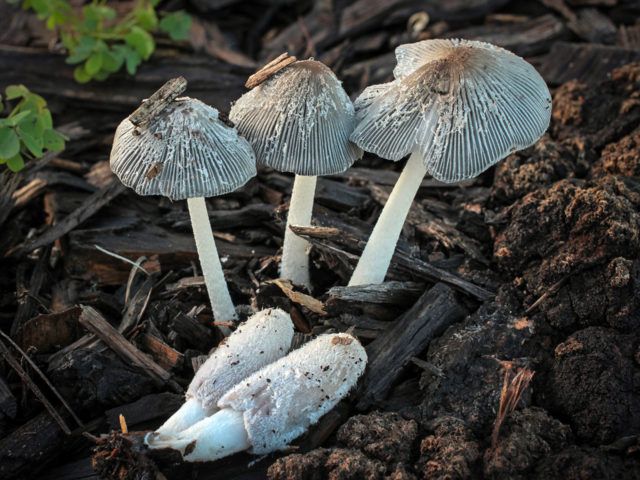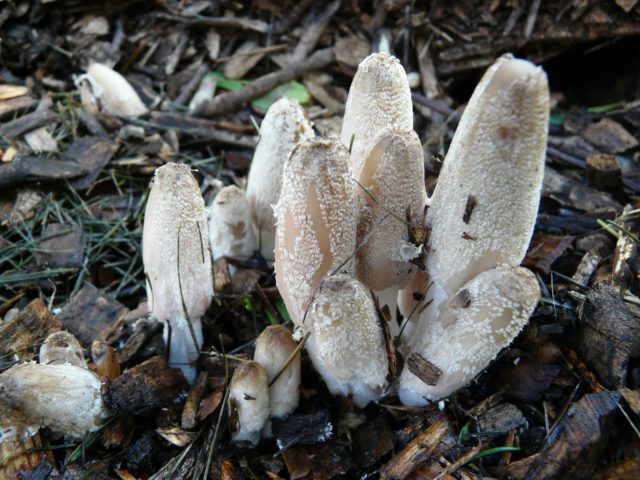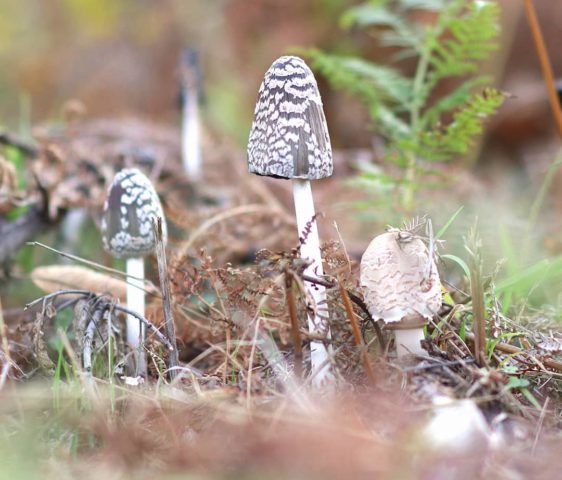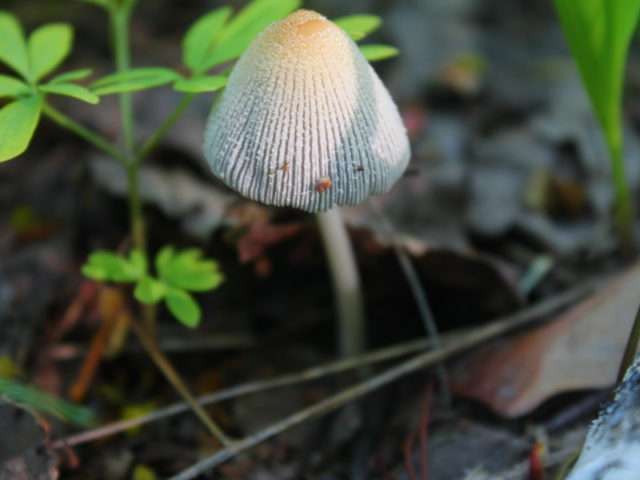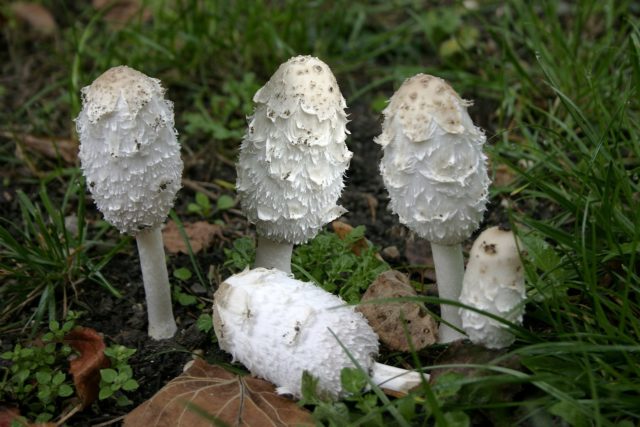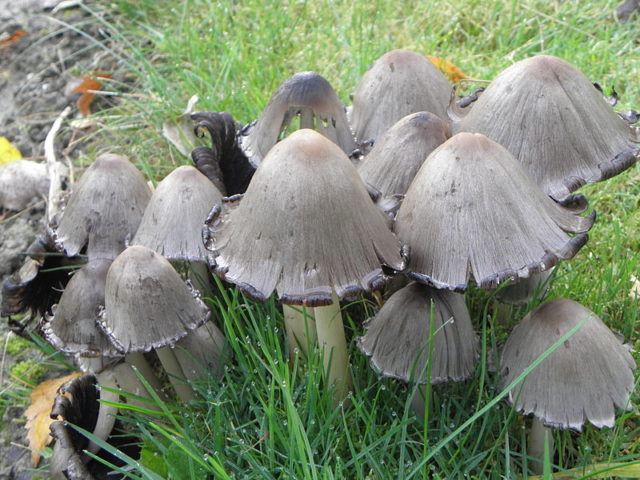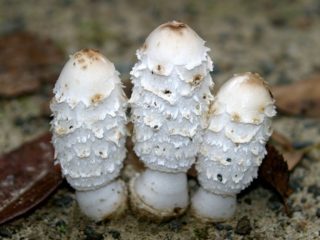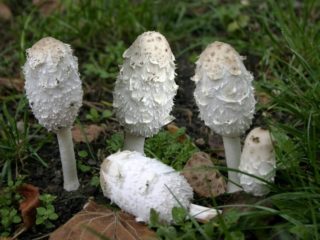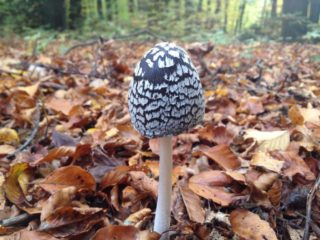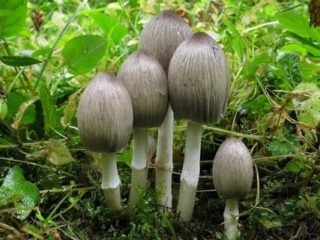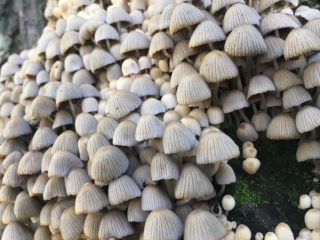Content
Hairy dung is an inedible non-poisonous mushroom, little known to lovers of "quiet hunting". The reason is not only in the dissonant name, but also in the extraordinary appearance, as well as the insufficient amount of information about it. Other names are fluffy and fur-legged dung. And in Latin, the mushroom is called Coprinus lagopus. It belongs to the Psatirella family, the Koprinopsis genus.
Where does hairy dung grow
The species is found on rotten wood remains, prefers deciduous species. Often, mushrooms grow on manured soils. It is difficult to accurately determine the distribution area of the hairy dung beetle, since it is possible to recognize it only in the first few hours of life. Fruit bodies develop very quickly and disappear. For the same reason, it is difficult to establish the period of fruiting. The season begins in early summer and lasts, according to various assumptions, until the end of the hot months or mid-autumn.
What does hairy dung beetle look like?
The species stands out among its congeners with a velvety, variegated surface. It has a short lifespan, at the end of which it turns into a pitch-black substance.
The growth phases of the hairy dung beetle are clearly expressed. The first is characterized by a fusiform or elliptical shape of the cap. Its diameter reaches 1-2.5 cm, and its height is up to 4-5 cm.The color is olive, with a brown tint. It is almost completely hidden by light scales.
The next stage occurs in about a day. The cap lengthens, becomes bell-shaped, like in most representatives of the genus. At this stage, the fruiting bodies are already inedible. The process of autolysis starts, that is, self-dissolution.
At the last stage of growth, the shape changes to an outstretched one. Only the center of the cap reaches it. The edges rise upward. The fungus decomposes quickly, leaving only the top with dark edges.
On the surface of the fruiting body, white flakes are located, which are the remnants of a common veil. Outwardly, they look like villi. An olive-brown color appears between them. The pulp is fragile, decomposes quickly.
The leg is high, up to 8 cm in length. Hollow inside, pubescent outside, slightly curved, cylindrical. Its color is whitish, with an olive tint.
Narrow and loose plates are often located. During the first hours of the existence of the fungus, they are light gray. Soon the plates darken to black. Then they turn into mucus. The spore powder is colored black and purple.
Is it possible to eat hairy dung
In various sources, hairy dung beetle is classified as a mushroom that is not eaten. Obviously, the main reason for this discrepancy is the ability of its fruit bodies to decompose quickly. In any case, you should not taste the mushroom, it is inedible.
Similar species
The genus Koprinopsis includes a large number of species with similar external characteristics.It is not always possible to distinguish them due to their short lifespan and blurring of signs. There are several representatives of the genus, in which a common veil leaves small white ornaments on their hats.
One of the similar species is the woodpecker dung beetle, an inedible hallucinogenic variety. Typical features are a black surface and large flake sizes.
Another mushroom that can be confused with hairy dung beetle is the common dung beetle edible at a young age. His cap is not so richly decorated, the size is larger. In addition, the species grows on soil, and not on rotting wood.
Snow-white dung is an inedible specimen. Its external features: a small cap with a diameter of 1-3 cm, covered with a white skin with a pronounced mealy bloom. The shape of the cap changes from ovoid to conical, and then flattened. The leg is light in color, thin. The fungus prefers horse dung. Often found in damp grass. Fruiting occurs in the summer and autumn months.
Dung beetle belongs to the group of conditionally edible mushrooms. Changes the shape of the cap from ovoid to bell-shaped with a height of about 7 cm. Its diameter does not exceed 5 cm. The surface is covered with small scales. The leg is white, elongated, has no ring.
Conclusion
The hairy dung is a typical representative of the Koprinopsis genus, which has absorbed all its features. The main distinguishing feature of the species is its short lifespan. If in the evening in the forest a mushroom picker meets a motley family of dung beetles, then the next morning, returning to the same place, he, most likely, will find instead of hearth bodies only hemp, as if stained with dark resin. Mushrooms seem to “melt away”. Collect them in any form and should not be eaten.
